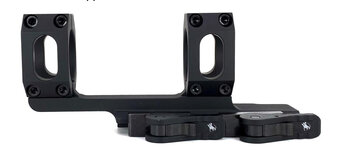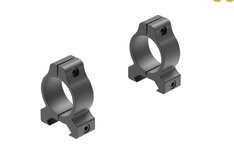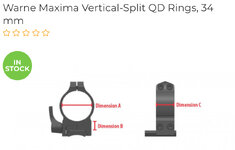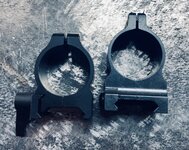I don't have time right now to dig into it, but there's empirical data out there that substantiates the assertion that vertically split rings can effectuate tracking inconsistencies; by extension, it's not disinformation or internet myth to state that they do. There's also anecdotal evidence, which, of course, a reader can use or not based on source and context.
I've used many, many sets of vertically split rings for years and years - still have several sets of Warnes in service. Most didn't cause any issues that I'm aware of, but they were largely used on rigs that didnt get dialed frequently; however, I did experience tracking issues with 1 set of verticals that was resolved with a simple ring swap to horizontals.
To me, it's pretty clear how the fixed nature of the bottom screws, along with inconsistent ring gaps top and bottom, won't clamp a tube as concentrically as a top strap that's properly gapped with the base and torqued evenly on both sides.
Ultimately, if vertical rings meet your expectations and get you what you need on your rigs, that's great. I hope that both your luck and your zeros hold.




